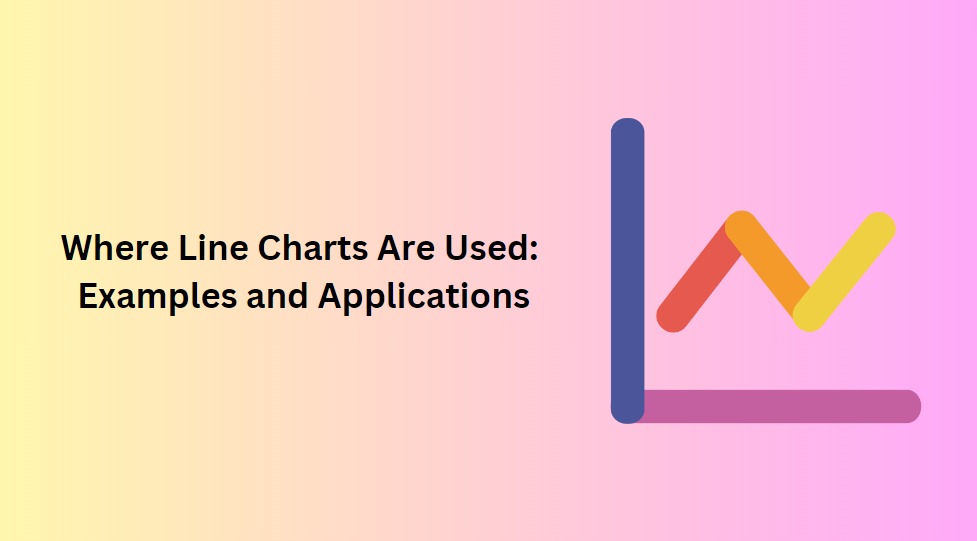Where Line Charts Are Used: Examples and Applications

Introduction
Line charts are a fundamental and versatile form of data visualization widely used across various domains to showcase trends, patterns, and changes over time. Their ability to display continuous data in a visually intuitive manner makes them an indispensable tool for both professionals and enthusiasts seeking to understand complex information. In this article, we will explore the diverse applications of line charts and present examples that demonstrate their value in different fields.
1. Finance and Economics:
Line charts are extensively employed in finance and economics to track market trends, stock prices, and economic indicators. Investors use line charts to analyze historical stock performance and identify patterns that may inform future investment decisions. Economists rely on line charts to visualize economic data such as GDP growth, unemployment rates, and inflation over time, enabling them to assess economic trends and make informed policy recommendations. Example: A line chart depicting the stock price of a company over several months, highlighting fluctuations and trends in the market value.
2. Health and Medicine:
In the healthcare industry, line charts play a vital role in tracking patient progress, disease trends, and medical data over time. They are utilized in patient records to visualize changes in vital signs, blood glucose levels, or medication effectiveness. In epidemiology, line charts help public health officials monitor disease outbreaks and assess the impact of interventions. Example: A line chart presenting the daily number of COVID-19 cases in a region, showing the progression of the pandemic and the effectiveness of containment measures.
3. Marketing and Sales:
Line charts are essential in marketing and sales to monitor sales performance, track customer behavior, and identify market trends. They provide valuable insights into product demand, revenue growth, and customer preferences over time. Marketers use line charts to analyze website traffic, conversion rates, and social media engagement. Example: A line chart displaying monthly sales figures for a product, indicating seasonal peaks and identifying sales trends.
4. Education and Academics:
In education, line charts are used to assess student performance, track academic progress, and evaluate the effectiveness of educational interventions. Teachers can use line charts to visualize students' test scores over time and identify areas of improvement. Additionally, researchers utilize line charts in academic papers to display experimental data and research findings. Example: A line chart representing a student's test scores across different subjects throughout the academic year, helping parents and educators understand academic strengths and weaknesses.
5. Environmental Sciences:
Environmental scientists often employ line charts to visualize climate data, temperature trends, and natural phenomena over extended periods. Line charts are used to illustrate patterns like seasonal changes, global warming trends, or variations in environmental variables. Example: A line chart presenting temperature fluctuations in a particular region over the past century, revealing long-term climate patterns.
6. Social Sciences:
Researchers in sociology, psychology, and anthropology use line charts to study social trends, human behavior, and cultural shifts. Line charts help visualize survey responses, demographic changes, and societal attitudes over time. Example: A line chart depicting changes in public opinion on a social issue across multiple years, reflecting evolving societal perceptions.
Conclusion:
Line charts are a versatile and powerful tool that finds applications in diverse fields, making them an invaluable asset for data visualization and analysis. Whether in finance, healthcare, marketing, education, environmental sciences, or social research, line charts empower professionals and researchers to make informed decisions, track trends, and communicate complex information effectively. By leveraging the simplicity and clarity of line charts, we gain deeper insights into the dynamics of our world and make data-driven decisions that drive progress and understanding.